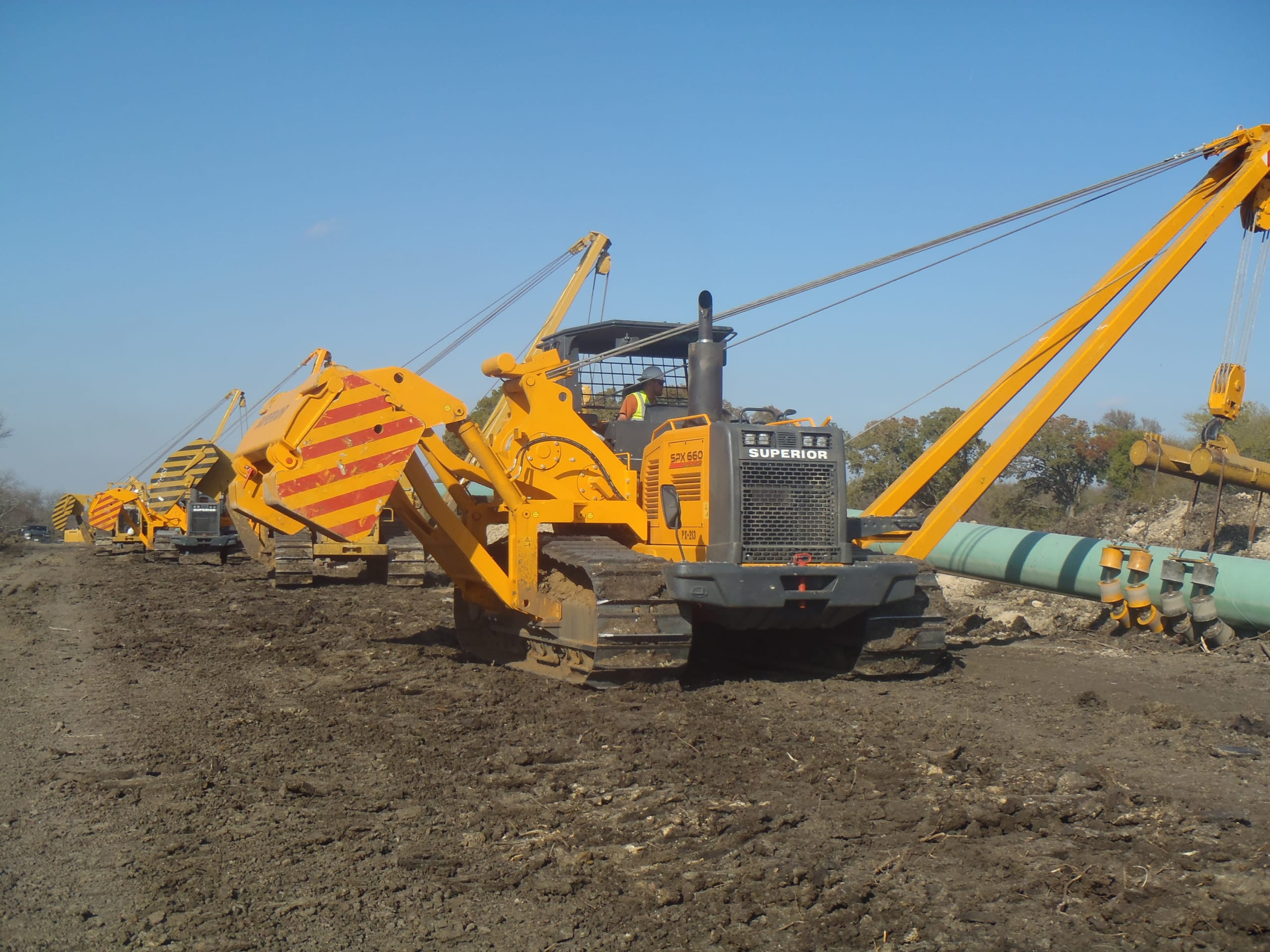Superior Rentals reviews: expert breakdown
All About Oil Field Equipment and Pipeline Equipment: Trick Insights and Essential Details
Oil field equipment and pipeline systems play a pivotal function in the oil and gas industry. They are necessary for the effective extraction and transport of hydrocarbons. Key elements, such as drilling rigs and storage space containers, straight effect operational success. Improvements in modern technology guarantee to enhance safety and security and efficiency. Understanding these aspects is crucial for anybody included in or thinking about this complex market, as it sets the stage for deeper expedition of market practices.

Summary of Oil Field Equipment
As the need for oil continues to grow, understanding the tools utilized in oil fields ends up being progressively crucial. Oil field equipment incorporates a large range of equipment and tools crucial for exploration, removal, and processing. Secret parts include drilling rigs, which are critical for reaching oil storage tanks, and manufacturing devices, such as separators and pumps, that facilitate the extraction process. Superior Oilfield Rentals. In addition, tank play a considerable role in holding crude oil before transportation. Safety and security tools, consisting of blowout preventers and pressure gauges, ensures operational safety and efficiency. Each item of equipment functions cohesively to optimize production and maintain effective process. Experience with this devices is essential for professionals in the sector to guarantee effective operations and adherence to safety and security requirements
Types of Drilling Rigs and Their Applications
Drilling rigs function as the backbone of oil extraction procedures, with various types made for particular geological problems and operational needs. One of the most typical kinds consist of rotating boring rigs, which use a rotating drill bit to permeate the planet, and wire device rigs, known for their percussion boring technique. For offshore procedures, jack-up rigs and semi-submersible rigs provide security and assistance in marine atmospheres. Furthermore, directional exploration rigs enable operators to pierce at angles, getting to down payments that are not up and down accessible. Each gear kind has distinct advantages, enhancing efficiency and security based upon the boring environment. Picking the suitable gear is necessary for making the most of source extraction while decreasing ecological impact and functional costs.

Important Pipeline Equipment and Their Functions
Pipeline infrastructure is vital for the transportation of oil and gas from extraction websites to refining facilities and end-users. Different crucial tools components promote this procedure. Pipes themselves act as the primary channels, designed to withstand high pressure and corrosive materials. Pump terminals are important for maintaining circulation by increasing pressure along the pipeline. Valves play a vital duty in controlling circulation and separating areas for upkeep. In addition, fittings and ports guarantee safe and secure joints between pipeline areas. Keeping an eye on systems, consisting of circulation meters and pressure sensors, are important for finding leakages and maximizing circulation prices. Pigging tools is used for maintenance and cleaning, securing pipeline honesty and efficiency. Together, these parts form the backbone of a trusted pipeline system.
Innovations and Technologies in Oil and Gas Equipment

Safety And Security and Maintenance Practices in the Oil Sector
While the oil industry has made significant strides in technology and performance, the importance of robust security and upkeep practices can not be overstated. Effective security protocols are vital to secure employees and the environment, lessening the danger of crashes and spills. Routine assessments and maintenance of equipment assistance recognize prospective problems prior to they escalate, ensuring functional honesty. Training programs for workers are vital, highlighting the relevance of safety recognition and emergency situation feedback treatments. Additionally, adherence to industry laws and standards cultivates a society of safety. Carrying out innovative tracking technologies can better boost upkeep methods, permitting real-time analyses of tools problems. Inevitably, focusing on safety and maintenance is integral to the sustainability and success of the oil sector.
Frequently Asked Questions
What Are the Ecological Impacts of Oil Field Equipment?
The ecological impacts of oil field equipment consist of habitat damage, water contamination, and air contamination (Superior Rentals near me). In addition, tools malfunction can lead to spills, detrimentally impacting wildlife and environments, highlighting the demand for stringent policies and surveillance
Just How Is Oil Field Equipment Transferred to Remote Locations?
Carrying oil field equipment to remote places usually entails specialized automobiles, helicopters, or barges. Logistics business coordinate paths, ensuring tools arrives safely and successfully, taking into consideration terrain and ease of access to decrease delays and optimize productivity.
What Regulatory Specifications Govern Oil Field Equipment?
Governing standards controling oil field equipment primarily consist of safety, ecological defense, and functional effectiveness standards. Agencies such as OSHA and EPA apply these regulations to assure risk-free methods and lessen eco-friendly effect in oil removal operations.
What Abilities Are Required to Run Oil Field Equipment?

Exactly How Do Oil Rates Impact Equipment Demand and Usage?
Oil prices significantly affect equipment need and use. Higher rates typically cause increased expedition and production tasks, driving need for equipment. Conversely, reduced rates might result in decreased procedures and decreased need for equipment.